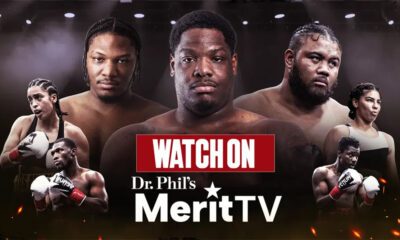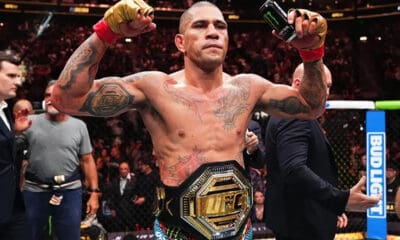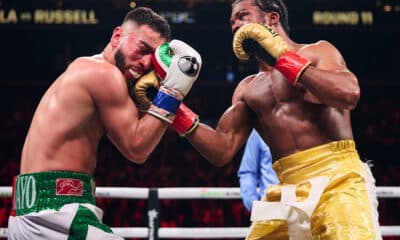When I was a kid in the late 1990s, I loved to ask my dad what boxing was like when he was a kid in the 1970s and early 1980s. I listened as he told me about living with Stan “The Cutman” Maliszewski, running under the El with light-heavyweight Jimmy McClain, stories about Hall-of-Fame bantamweight champion Jeff Chandler and much more. It seemed like the gyms were busy, the fights were the talk of the neighborhoods and the state of Philadelphia boxing was lively.
Dad would wake up before sunrise to grab the newspaper off his neighbor’s step and check out the boxing stories. He would read about fights at the Spectrum or the Blue Horizon or about the amateur tournaments and then he’d put the paper back before anyone knew it was missing. We are lucky today if we get a single line in the newspaper for fights unless they are the magnitude of Ali vs. Frazier and even then it’s scarce.
Philly is a major sports town, but boxing has been on the back burner of the sports editors’ minds here for more than 20 years. It’s heartbreaking to fight fans. We try to stay up-to-date with what is going on via social media, but there is no connection between the older fans who are not internet savvy and the younger ones now covering the sport. The word gets out, but often only to the same circle.
We tend to see the same fighters headlining cards because there are so few fighters with strong fan bases. Years ago, the audience was filled with fans who simply wanted to see good fights. Today we have fans of fighters, those who only support fighters they know. The state of the sport today is like a well-seasoned fighter who knows what he wants to do, but cannot execute. The timing is off. The legs may be gone. Sometimes a fighter cannot do what he wants to do because he has developed bad habits. The only way to correct those bad habits is to go back to square one, back to the basics.
We went back to our roots in preparing for Philly Fight Night on March 10, 2017 at the 2300 Arena. Two local lightweights, Anthony Burgin and Avery Sparrow, will go toe-to-toe to prove that they have what it takes to move to the next level. They stepped up and decided to put their reputations on the line in an early career showdown, the kind of fight that old-timers remember from what some still call the “good ole days.”
In the semifinal, we have junior middleweight Fred Jenkins Jr. of Philadelphia, going against Roque Zapata of Culpeper, VA. Zapata traveled here last Dec. 2 and earned a decision over local fan favorite, Isaiah Wise. The rest of the March 17 show has not been announced, but is packed with local fighters in competitive fights. We will give these fighters a platform to perform on and grow on, thus – The Proving Grounds.
A fighter should learn something about himself from every fight, something which helps him develop, even in a losing effort. Sometimes a fighter can learn more about himself from a loss than from a victory. Many fighters today do not have that mentality. Some just want the easy win, the “W” as they call it, the cream puff opponent.
J Russell Peltz, International Boxing Hall Of Fame promoter and matchmaker, once told me about the time in 1979 when he put then-future world bantamweight champion Jeff Chandler in an Atlantic City fight with tiny Alberto Cruz, of Dallas, TX. After he stopped Cruz in three one-sided rounds, Chandler told Peltz never to embarrass him like that again. Chandler was unbeaten in 17 fights at the time and Cruz was winless in three and Chandler couldn’t even carry Cruz. Chandler was the epitome of a “Philly Fighter”. It once was said if a guy was from Philly you knew he could fight. The reputation of the “Philly Fighter’ is getting challenged today. Perhaps it’s because boxing in the 21st century is more business than sport. Fighters today seem to enjoy fighting guys like Alberto Cruz.
Boxing in Philadelphia was hot in the 1970’s and 1980’s because of fighters like Chandler. Those fighters wanted to face the best. Those matches made for the most entertaining and action-filled fights and that is why promoters worked to fill 7,000- or 10,000-seat arenas. Today we work to fill 1,200-seat arenas. Did you ever wonder why? We want to promote fights that fans will pay to see and get good value for their dollar. Our goal is to challenge fighters on the Philly Fight Night series. We want to make competitive fights and help fighters develop their skill, not just their won-loss record. Maybe if that happened, the crowds would grow and the sports editors of the local papers and the talking heads on TV would sit up and take notice.























